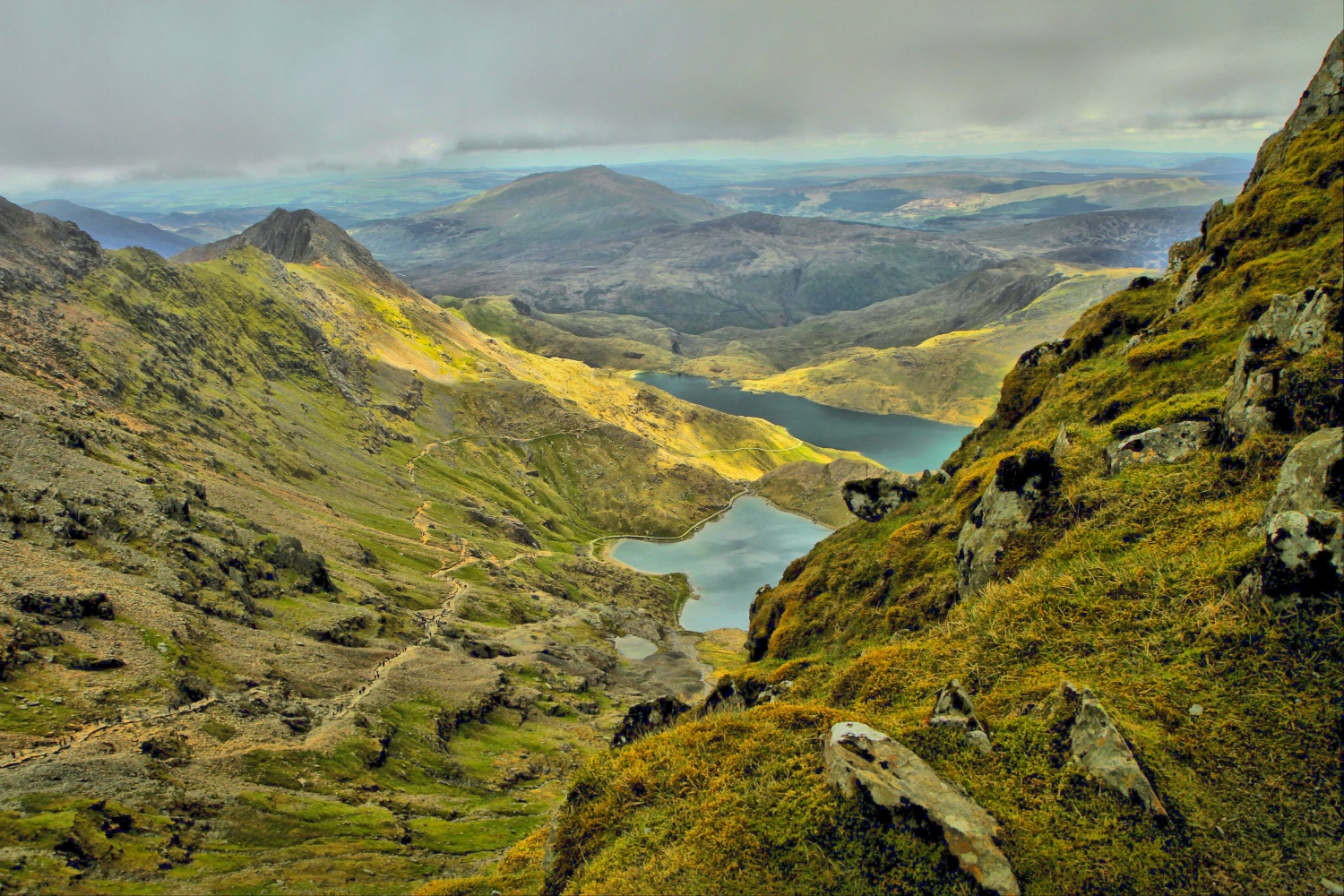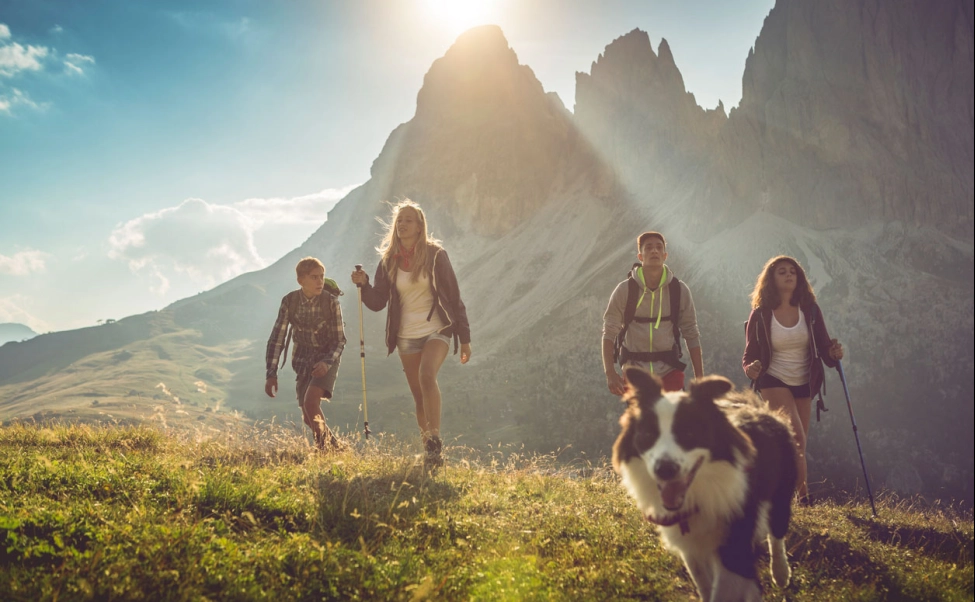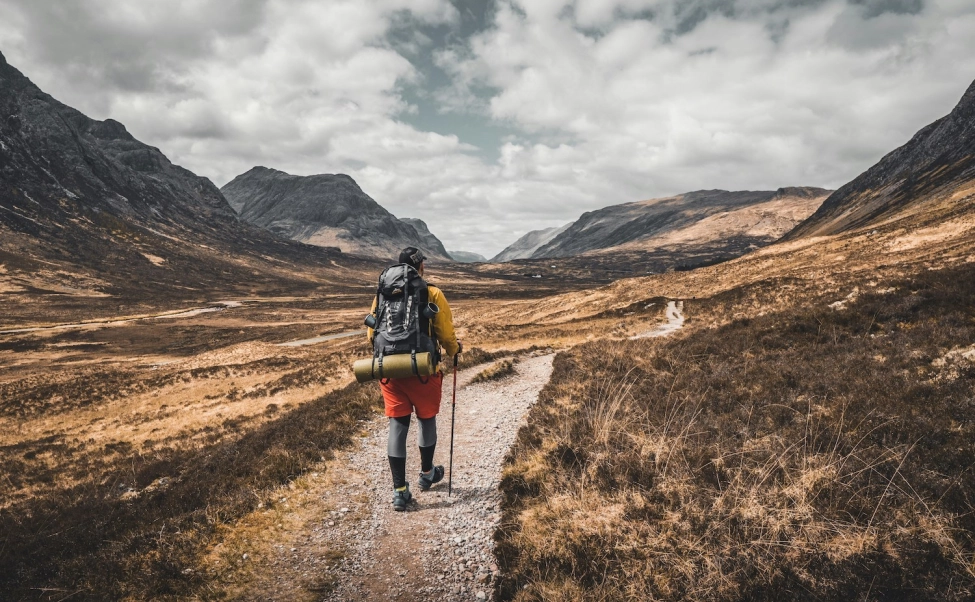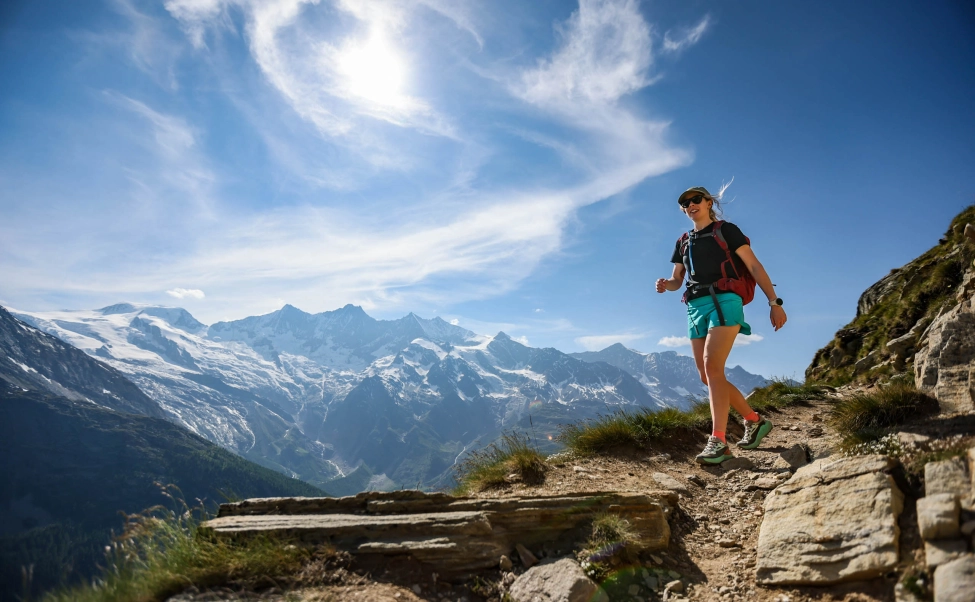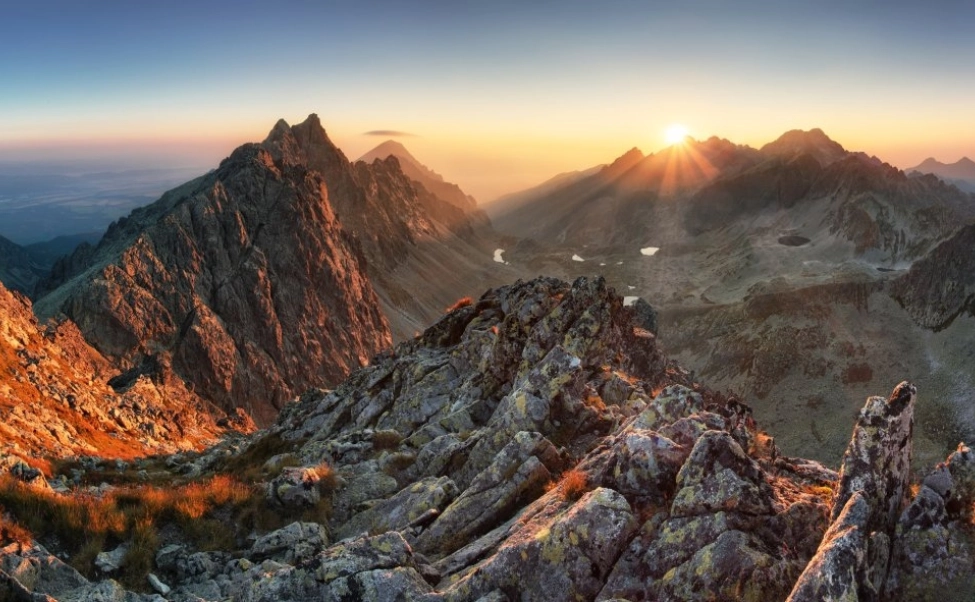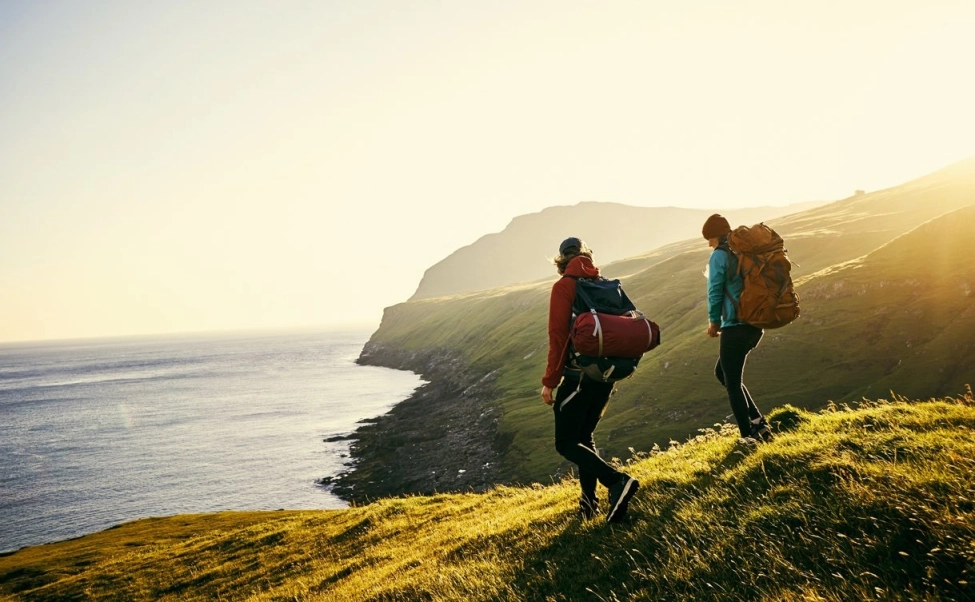- Details
- Written by: Poppy Evans
The pandemic and lack of overseas travel created a spike in interest in UK outdoor tourist and beauty spots, and the Snowdonia National Park was no exception. Visits to Mount Snowdon itself peaked in 2021, with record breaking reports of around 700,000 visitors walking the mountain. I myself summited the 1,085-metre peak in August 2021 and had to queue for up to an hour just to take a photo with my friends at the top - a tedious activity, but hard to resist once you've walked all that way.
The growth in popularity of hiking and hillwalking in the UK was one of the few upsides of the pandemic, but it wasn't without its problems—the record breaking numbers also brought a record-breaking number of injuries, Mountain Rescue incidents, and issues with rubbish for the Snowdonia National Park Authority.
The mountain knowledge you need to get up Snowdon safely is not rocket science, but it's worth sitting down and reading about it before you embark on it. Here, we've compiled some basic safety tips (below) as well as a guide to each of the walking routes.
Where is Mount Snowdon?
Snowdon (Yr Wyddfa in Welsh) is the highest mountain in Wales. It's located in the Snowdonia National Park, in North Wales, a protected area of some 2,131 square kilometres that's home to nine mountain peaks and 37km of coastline - making it a great holiday destination.
What height is Mount Snowdon?
Snowdon's summit sits 1,085m above sea-level, making it both the highest mountain in Wales and the 23rd highest in the UK.
How should I prepare to climb Snowdon?
Proper prior planning prevents poor performance - these are six wise words to live by. Although Snowdon is not a difficult climb, provided you have good fitness levels and an reasonable amount of common sense, it is still worth thinking carefully about your pre-trip preparation.
First off, ensure that you have suitable clothing for climbing a mountain. A good breathable waterproof jacket is a must, and our advice would be to layer up underneath this to suit the temperature, time of year and weather forecast. Walking boots or a good pair of walking shoes are also essential. Whichever route you choose up the mountain, there's lightly to be some areas that are wet underfoot, and some scrambles over rocks. So make sure you choose sturdy, waterproof walking boots or shoes. You don't want to slip, or get cold feet (literally or figuratively) when you're halfway up the mountain.
Like climbing any mountain, it is always best to expect the best, but prepare for the worst. Thinking about mountain safety includes everything from ensuring you have enough water to stay hydrated, to bringing a first aid kit.
Active Traveller's Checklist:
-
Plenty of water (approx. 2 litres per person, depending on the warmth and the weather)
-
Food - as well as a light lunch, energy-boosting snacks are highly recommended
-
Suitable walking boots (We actually saw people climbing Snowdon in flip flops, ludicrous!)
-
Waterproofs - jacket and trousers, the weather was awful when we summited and the top half of the mountain consisted of very wet mist
-
A sturdy backpack - a hiking day pack with a good waistbelt and chest strap will make your life a lot easier.
-
Mobile phone - with full battery, as this may be your only lifeline in an emergency
-
First aid kit with an insulated blanket / brightly coloured survival bag
-
Map and compass - although apps are available to help with your route up Snowdon, it's still strongly advised that you bring these and know how to use them.
-
Torch and whistle - if you go off path or get lost, you'll need these to be found
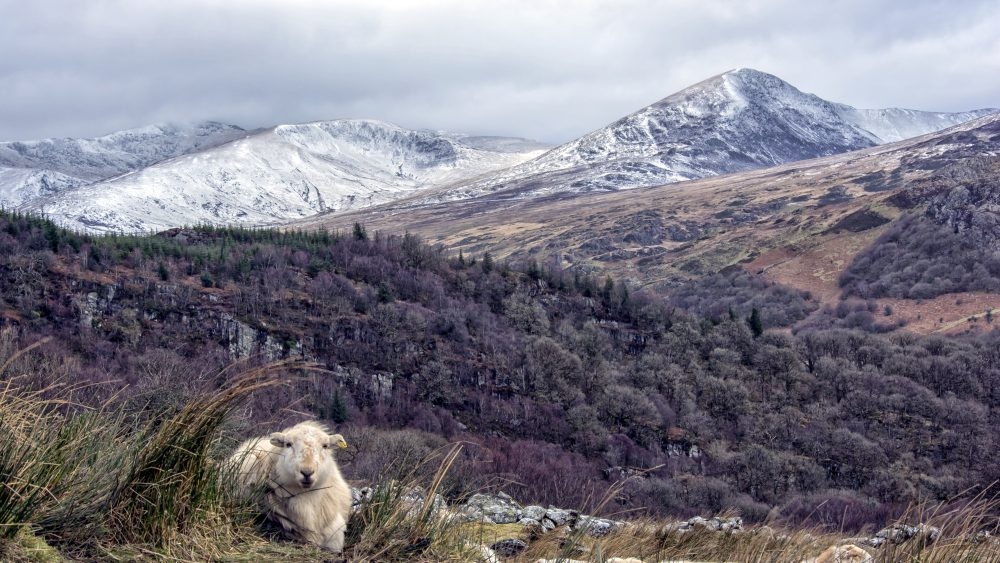
Keeping up with Snowdon's weather forecast
Before climbing Yr Wyddfa (Snowdon), you must be constantly checking the weather forecast. This is North West Wales remember, not the most reliable area regarding weather consistency. We recommend using Mountain Weather Information Service, which provides up to date weather forecasts for all summits in North Wales.
When checking the weather, be mindful of:
-
Temperature
-
Rain
-
Wind speeds
-
Snow / icy conditions
-
Thunder and lightning
If you can, plan to spend a few days in the Snowdonia area to give yourself a 'weather window', and the best chance of being able to climb Mount Snowdon in optimal conditions. When we climbed Snowdon, the weather was very grey and overcast, which was a real shame because the higher we got up the mountain, the mistier the views were. It also meant the final steep ascent was very, very wet – we were so relieved to have brought waterproof trousers!
Thankfully, however, while we were queuing to get to the very summit, blue skies and sunshine made an appearance for a while. So we got to experience the stunning views of the surrounding peaks just for a little bit.
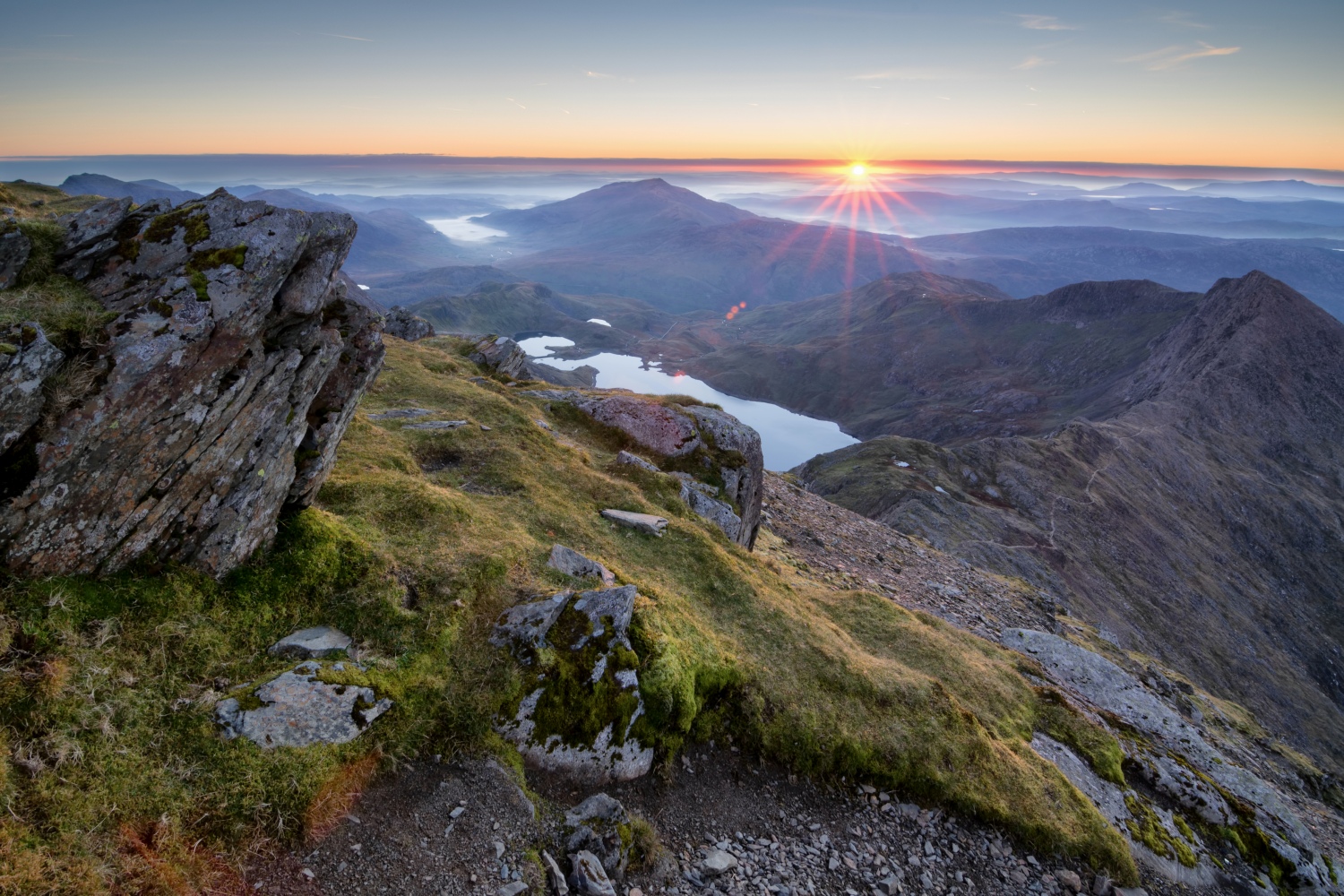
What should I do in case of an emergency?
In the unfortunate event of a serious injury or a life-threatening emergency, ring 999. The operator will ask you a few questions and assess whether you're best off being assisted by Mountain Rescue, the Fire and Rescue Service or, if you are near the sea, the Coastguard. Be prepared to tell them your:
-
Location
-
Name, sex and age
-
Mobile number
-
A description of the emergency and any injuries incurred
-
The number of people in your group
Remember that while Mountain Rescue and the emergency services, can help in a wide variety of situations, their resources are finite. If your situation is not deemed serious or life-threatening, please don't be offended if they ask you to wait, or talk you through how to make it off the mountain safely yourself.
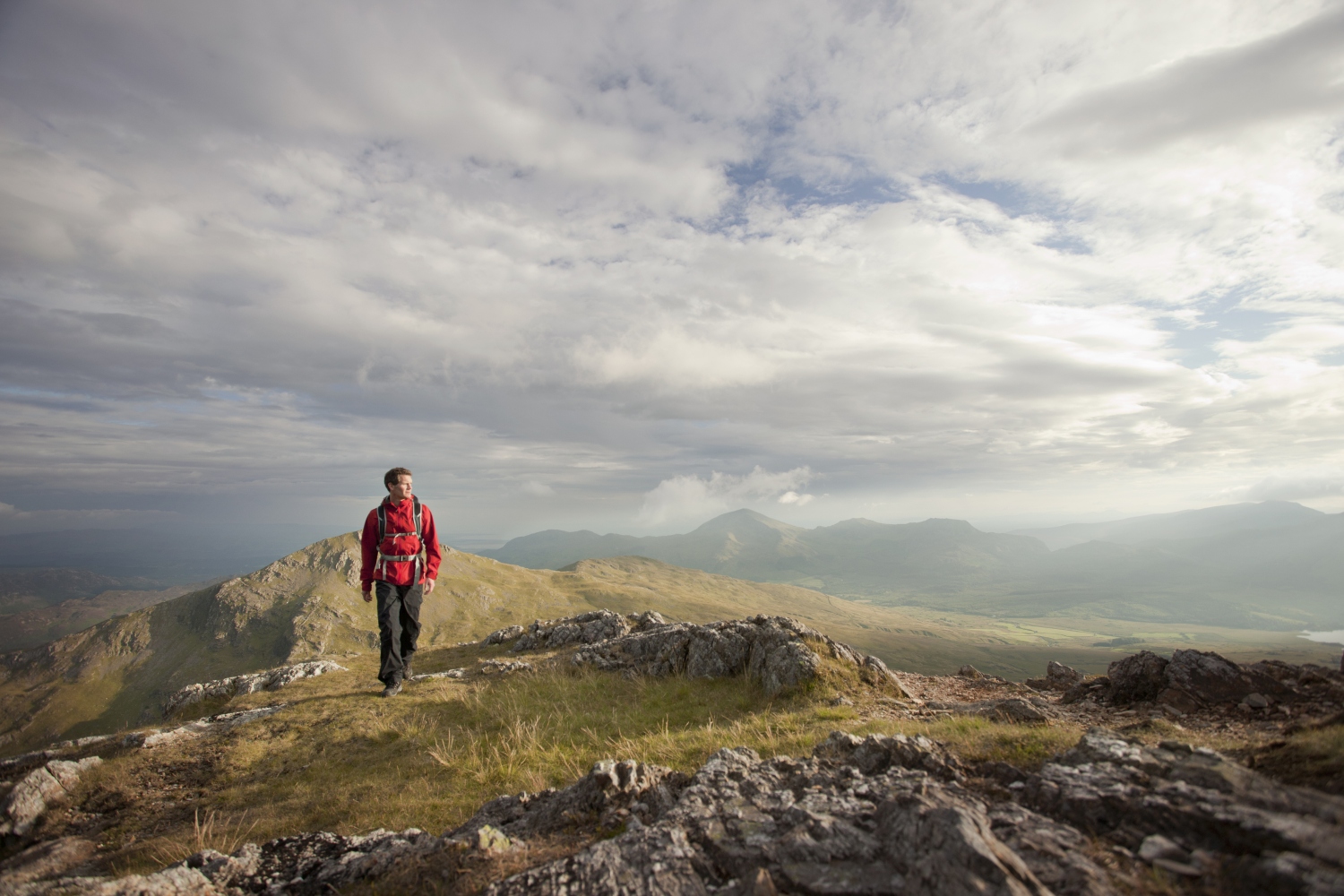
Which Snowdon walking route is right for me?
There are lots of different ways up Yr Wyddfa (Snowdon). Whichever walking route you choose to take, the hike requires good fitness levels, sufficient preparation and awareness of mountain safety.
There are six main routes up Snowdon, and understanding their length, difficulty levels and where the path starts are all important factors to consider when deciding which route to take.
Here is our simple guide to the routes up Snowdon, and some basic, must-know information.
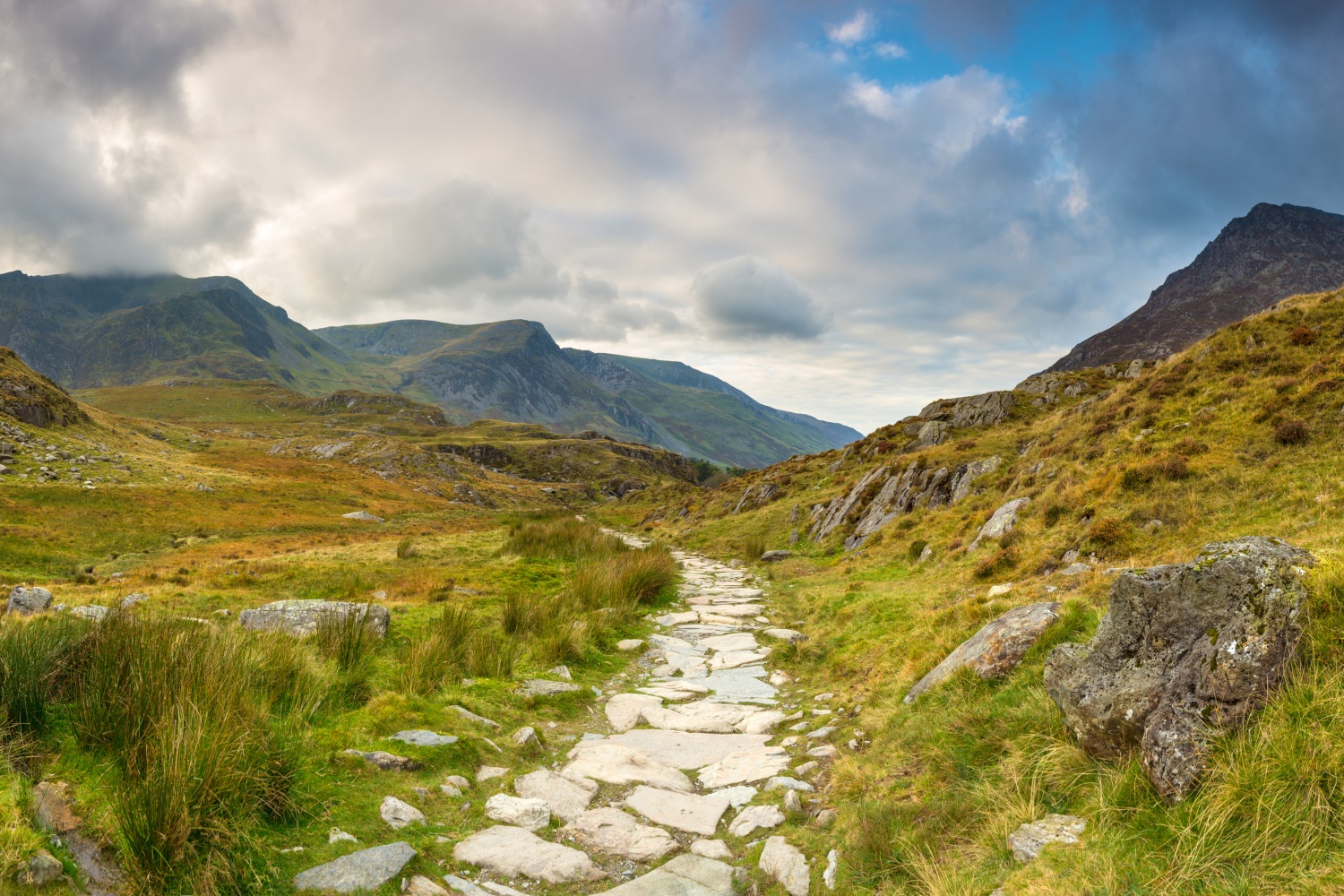
Llanberis Path
Difficulty: Easy
Length: 14.5km / 9 miles
Duration: 5 - 7 hours
Although classed as the easiest route up Snowdon, this path is the longest and should still be approached with the appropriate preparation, attitude and respect that a mountain deserves. However, as the route does not require any scrambling or rock climbing, Llanberis Path is one of the most popular routes for inexperienced walkers.
The terrain includes a lot of hills and rough grounds with a particularly steep ascent as you approach the summit of Snowdon. The Llanberis Path starts and finishes at Victoria Terrace, Llanberis and there are numerous designated car parks within the village.
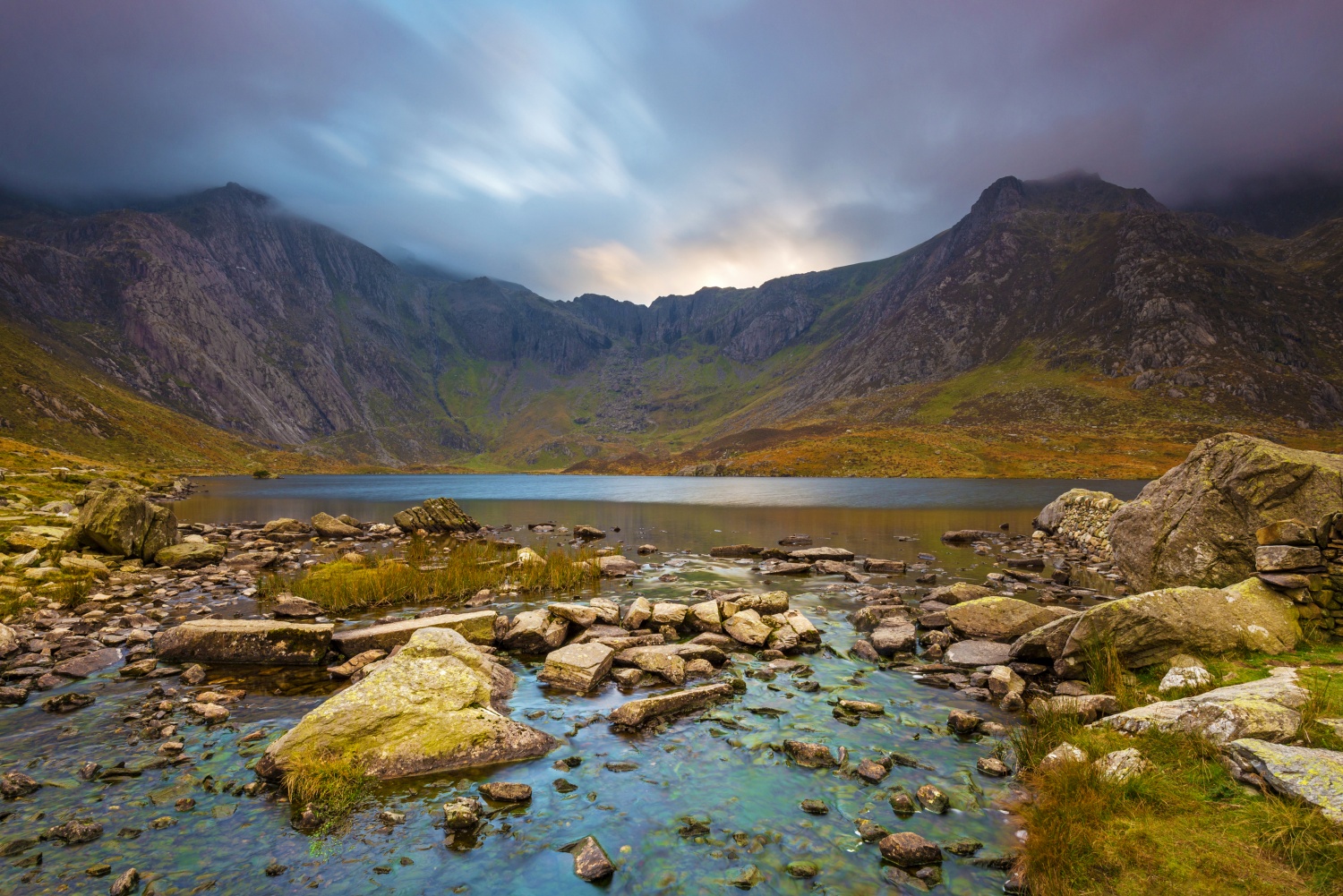
Miners' Track
Difficulty: Easy
Length: 13km / 8 miles
Duration: 4.5 - 6 hours
The Miners' Track was originally created to transport copper from the Britannia Mine after the Llanberis Pass opened in 1832. It is one of the most scenic routes, as it passes three lakes on the way up - Llyn Teyrn, Llyn Llydaw and Llyn Glaslynoffers. Similar to Llanberis Path, the Miners' Track offers a gradual climb, followed by the same steep ascent to the Snowdon summit.
This path begins at Pen y Pass car park, which can be a nightmare to find a parking space in. You are now able to pre-book at Pen y Pass car park, however many climbers recommend parking in one of the car parks in Llanberis and making use of the Sherpa bus link. You can descend from the summit following the Llanberis Path straight to those car parks at the end of the day, meaning you will only need to get the bus at the beginning of your journey.
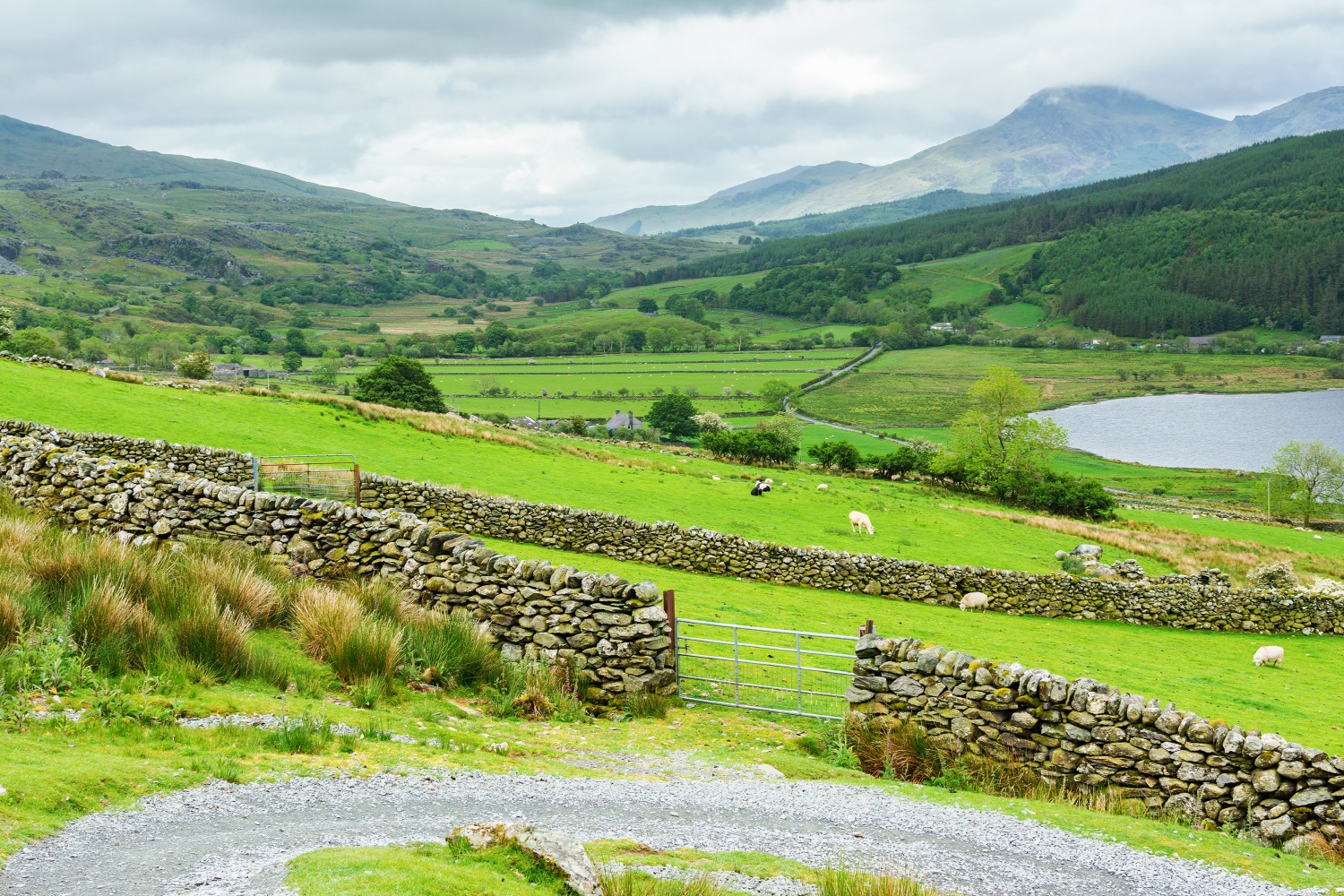
Snowdon Ranger Path
Difficulty: Easy
Length: 13km / 8 miles
Duration: 5 - 7 hours
The Snowdon Ranger Path is claimed to be the oldest route up Yr Wyddfa (Snowdon), dating back to the early days on mountain tourism in Victorian times. The route starts and finishes at Llyn Cwellyn car park, which is situated right next to a youth hostel called 'YHA Snowdon Ranger', named after this very path. The Snowdon Ranger Path is amongst the quieter routes due to Llyn Cwellyn being such a small car park.
This is one of the easiest tracks up Yr Wyddfa (Snowdon), as it follows a direct route where the first part, although at times boggy, is very flat. The middle section does become quite steep, but the terrain is generally good throughout the whole journey. It ascends via the western slopes and offers fantastic views of Nanttle Ridge and two other mountains, Moel Hebog and Mynydd Mawr, as well as many of the surrounding lakes.
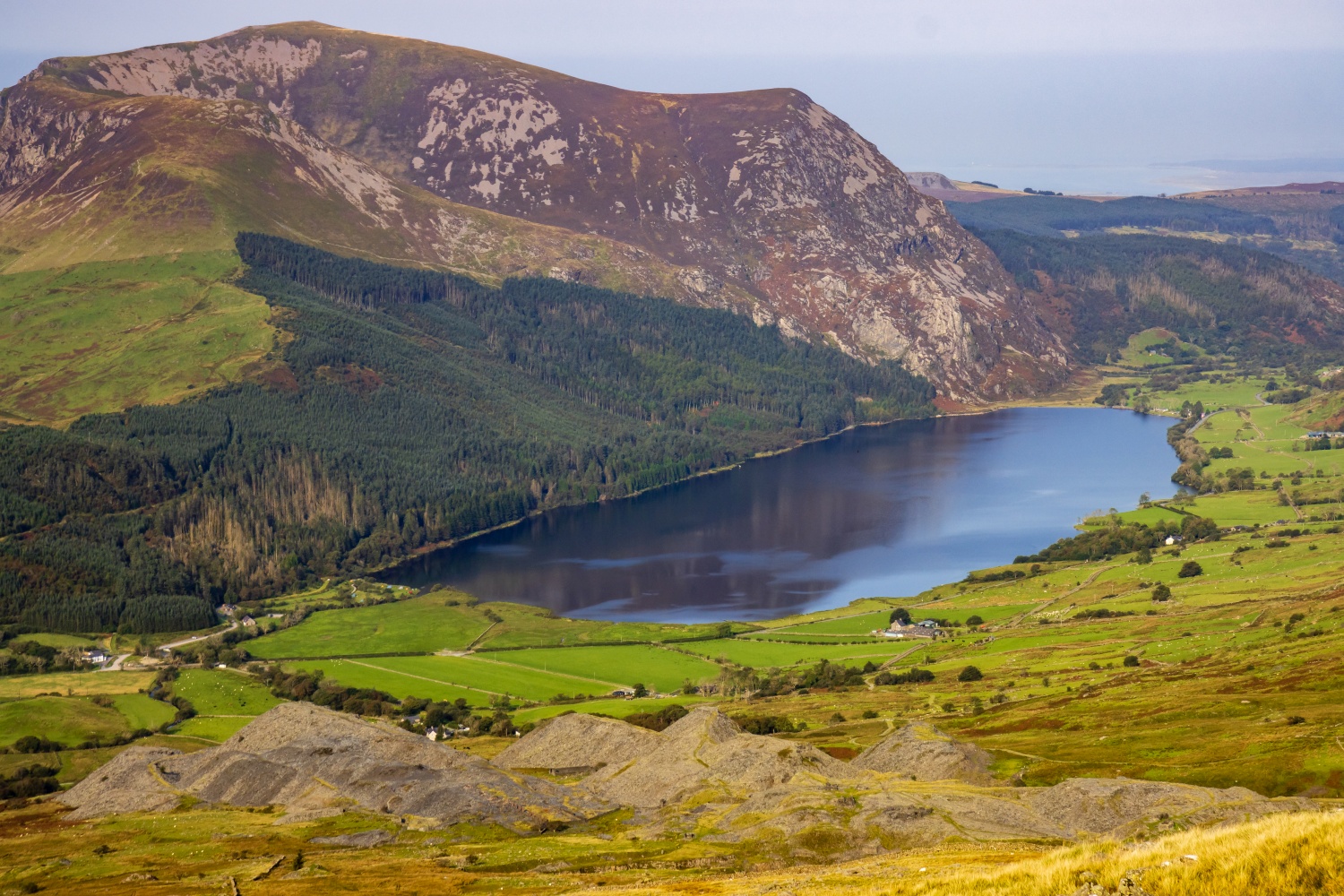
Rhyd Ddu Path
Difficulty: Medium
Length: 12km / 7.5 miles
Duration: 5 - 6 hours
The Rhyd Ddu Path takes you over a range of different terrain types. It starts off gently along an old track that used to serve Bwlch Cwm Llan slate quarry, before becoming steep, with rocky terrain, as you approach Llechog ridge. The final section follows Bwlch Main, which is a tall, narrow ridge, so you must be confident with heights and carefully footed taking this route.
Rhyd Ddu Path begins at Rhyd Ddu car park, which is just off the A4085. This path and the Pyg Track are similar levels of difficulty, however Rhyd Ddu is the quieter of the two routes. If you're looking for a hike up Yr Wyddfa (Snowdon) that's a bit more challenging than the basic leaving your car at the Rhyd ddu car park and heading up this way is a good option.
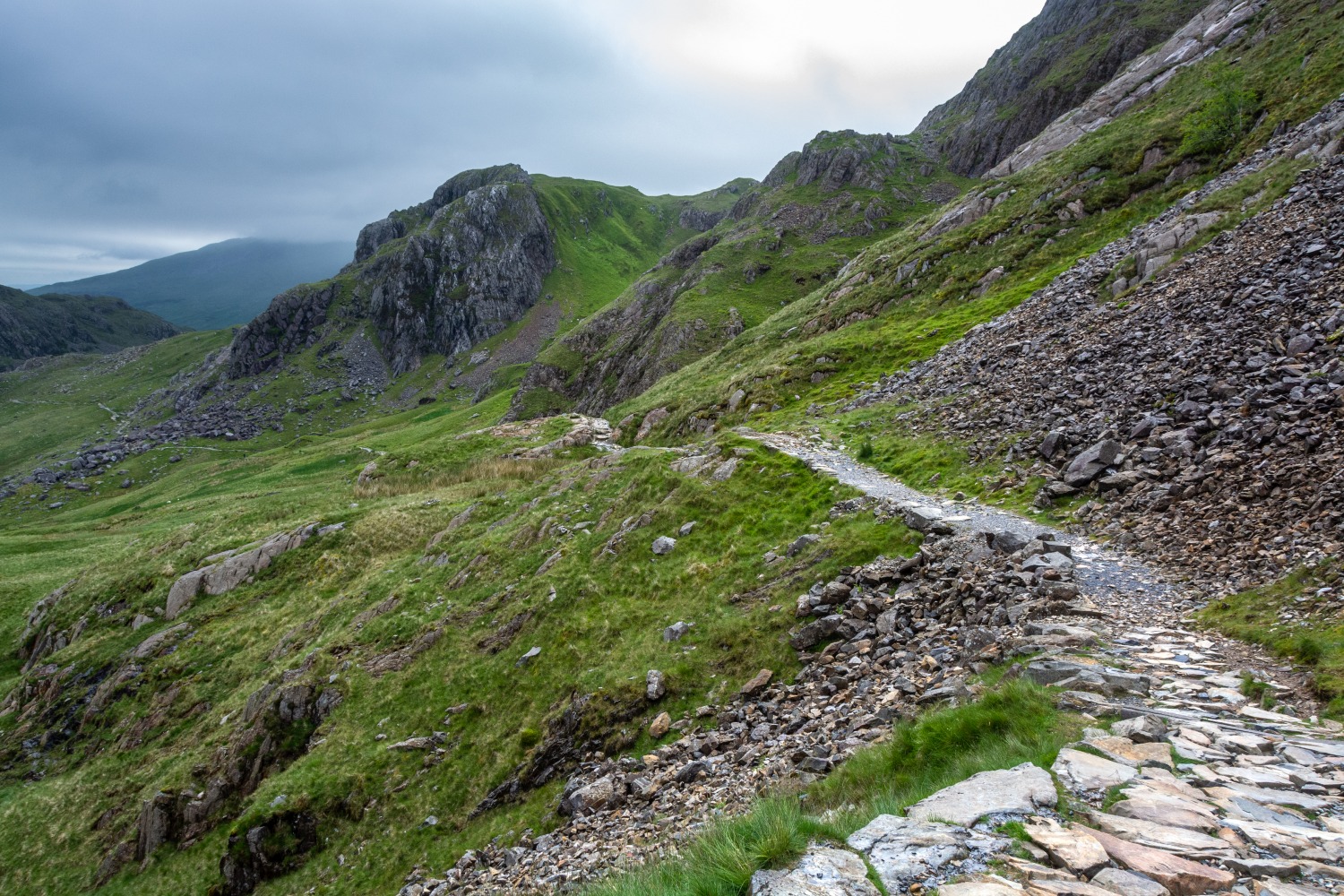
Pyg Track
Difficulty: Medium - Hard
Length: 11km / 6.8 miles
Duration: 4 - 6 hours
Although the shortest path up Yr Wyddfa (Snowdon), and one of the most popular routes, the Pyg Track is more difficult than Llanberis Path and Miners' Track due to its steep slopes and rocky ground. As with the Miners' Track, the Pyg Track starts at Pen y Pass car park, so the same advice as above also applies here: don't try to find a space in the car park without pre-booking and if you can't pre-book, head for one of the car parks in Llanberis instead and catch the Sherpa bus link to the start of this route. This track is Snowdon's most classic, as it is short, scenic, and simple to follow.
If you are an experienced mountain walker who wants to have a crack at the Crib Goch Ridge, the Pyg Track is the path to take. But be warned, this is not for the faint-hearted, and only recommended to more experienced hillwalkers. Crib Goch is extremely narrow, with steep drops on either side, and can feel sketchy even in when the weather conditions are good. So it's one to avoid if you're a first-timer.
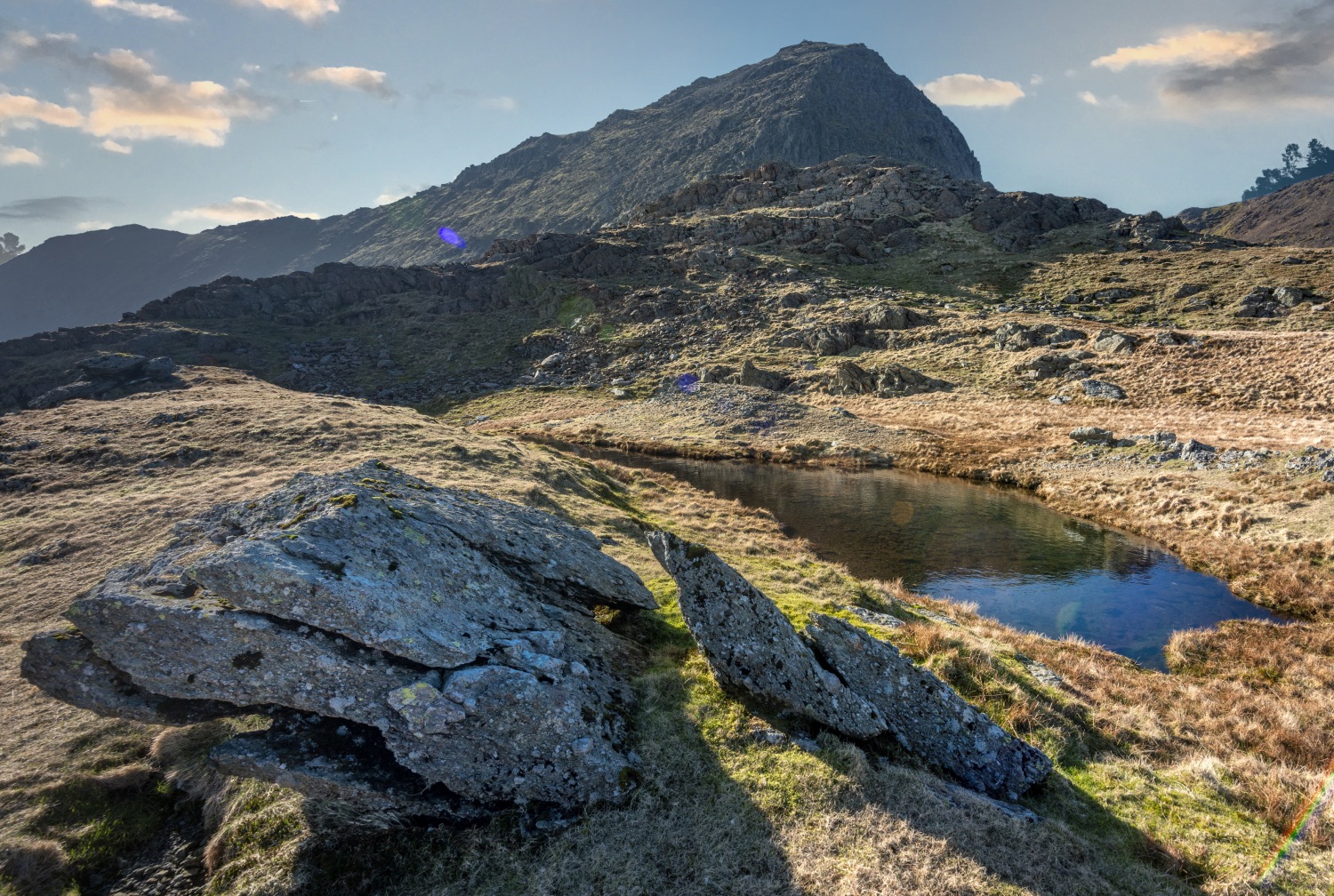
Watkin Path
Difficulty: Hard
Length: 13km / 8 miles
Duration: 5 - 7 hours
Other than the Pyg Track and Crib Goch, Watkin Path is the hardest route up Snowdon. It was named after the railway entrepreneur and Member of Parliament, Sir Edward Watkin, who created it as a route between South Snowdon Slate Quarry and Snowdon summit.
The Watkin Path begins at Pont Bethania car park in Nant Gwynant. As this is almost sea level, it is the only route up Snowdon where you climb the whole 1,085m height of Wales' tallest mountain. Watkin Path is also probably the prettiest of the Snowdon routes, as it initially takes you through woodland and past waterfalls, before you reach the rugged, open terrain of the mountain itself.
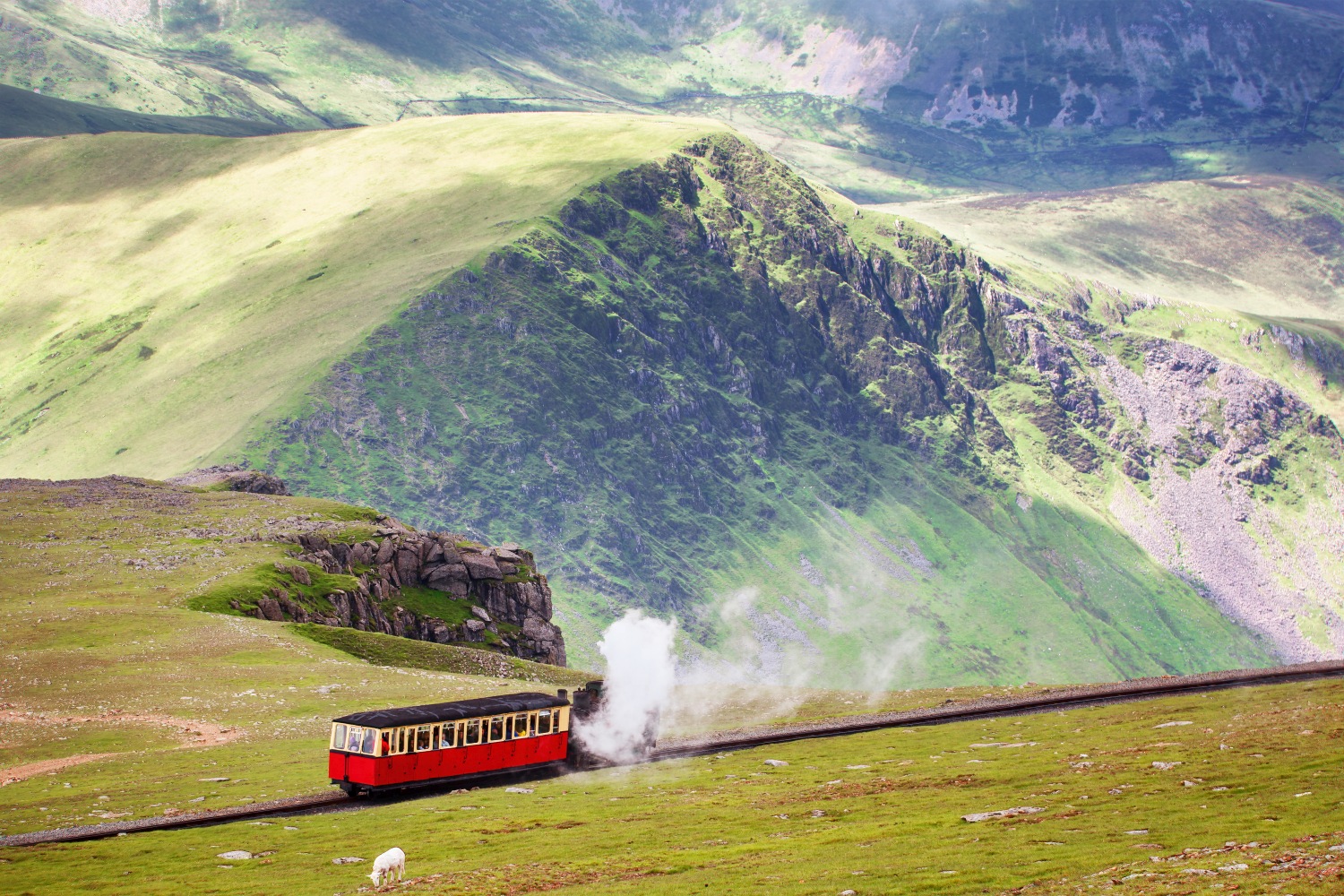
Snowdon Mountain Railway
If for any reason climbing Snowdon is not really your cup of tea, or if you are travelling with people that are not able to hike up the whole of the mountain, then you can still experience the summit of Snowdon! The Snowdon Mountain Railway takes you to Clogwyn Station, which is about 1 mile from the summit. But be warned, the final bit is the steepest part of the mountain so please wear appropriate footwear and clothing.
The Snowdon Mountain Railway Station is situated in Llanberis, where there is a car park just behind the station, this can easily be found by following the postcode LL55 4TT. (There are other car parks in Llanberis too, if the station car park is full). The train starts running at 9am and then runs every half an hour, through a scenic route that offers breath-taking views. Depending on the weather, The Snowdon Mountain Railway runs between 14th April and the end of October.
Usually the railway would take you to the very top of Wales' highest mountain, to Hafod Eryri station (the UK's highest visitor centre), however this is closed for the foreseeable future due to essential works.
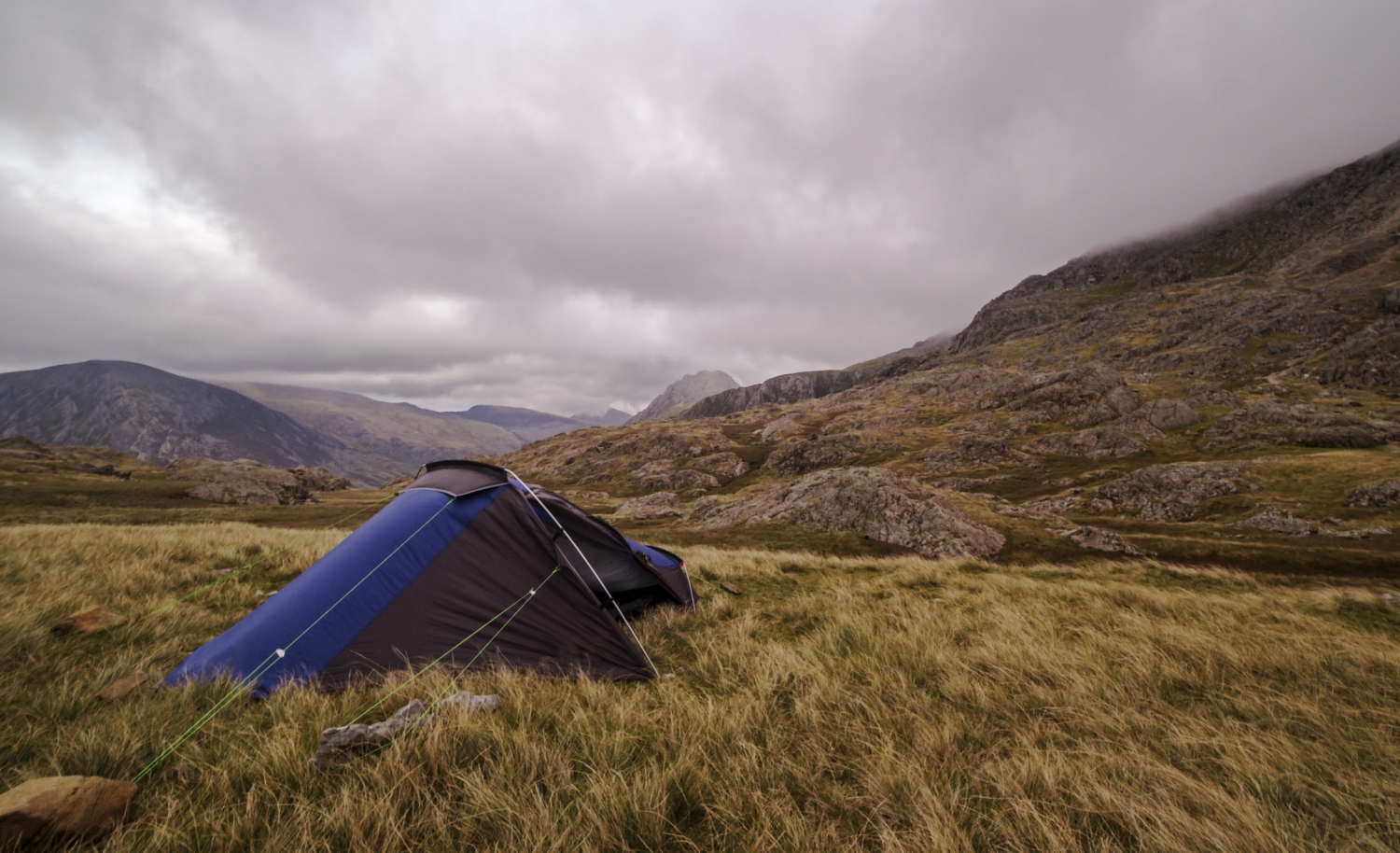
What to do in Snowdonia National Park, and the surrounding areas
Mount Snowdon is just the cherry on top of a fun-filled cake when it comes to visiting Snowdonia. The whole area is brimming with adventure-fuelled activities perfect for outdoor adventurers of all ages and abilities. As well as the finest hiking in North Wales, other exciting things to do in Snowdonia include white water rafting, go karting, quad biking and many more.
If you're looking for more relaxing activities, there are museums and beautiful villages scattered around Snowdonia National Park too. Or, if you really want to relax and unwind, why not book in a spa day?
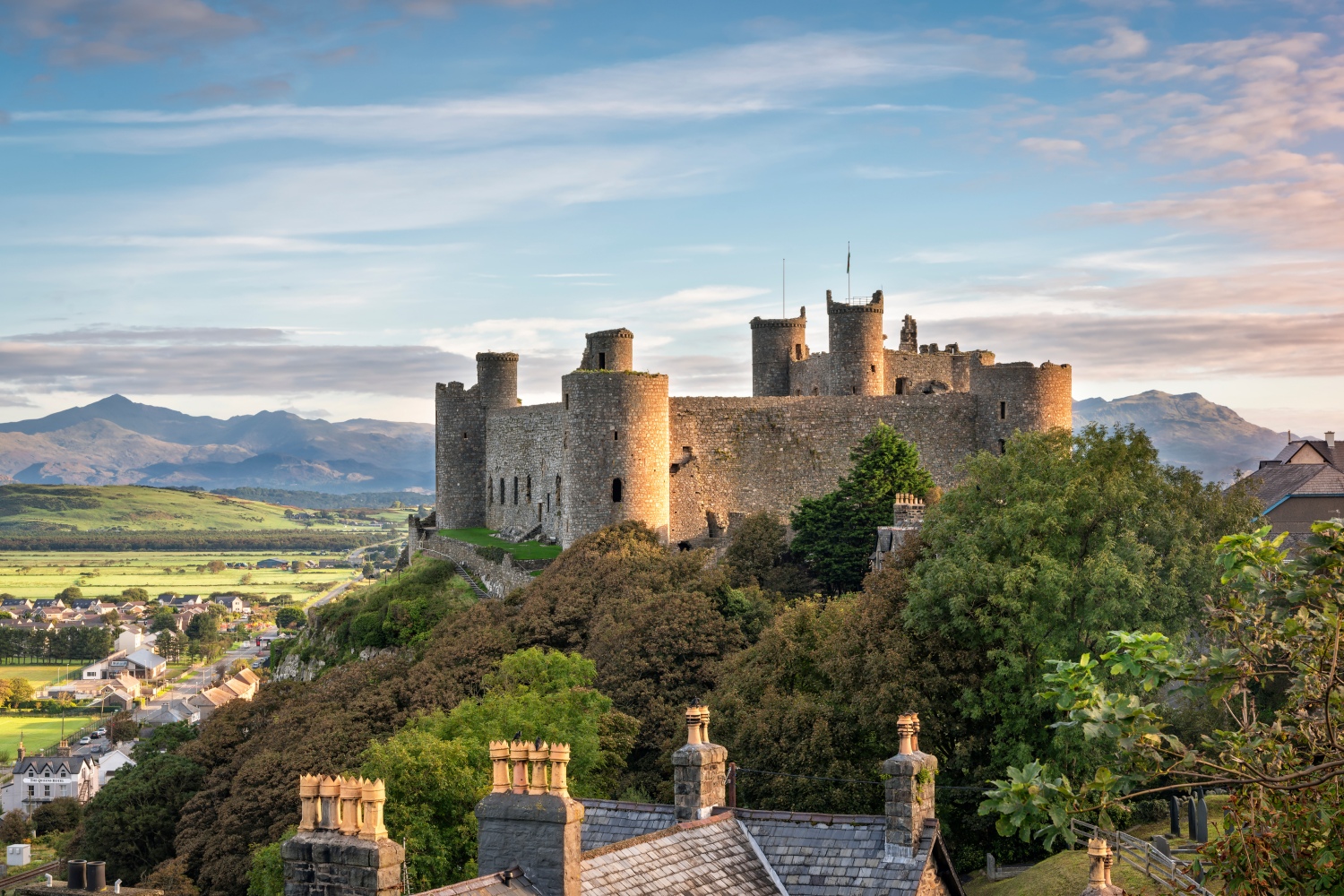
What accommodation is in Snowdonia?
We all travel differently and have different standards regarding sleeping arrangements. Some of us may be more than happy in a youth hostel or with the traditional camping option, where there are ample opportunities to meet other adventurers and like-minded people.
For others, this would be a nightmare and the only sleeping in a tent you would do is that of the glamping standard. Some of you may be travelling in big groups where splitting the costs of a large self-catered house is best suited.
Whatever your style of accommodation, and however many people you are travelling with, Snowdonia National Park and the surrounding area of North Wales has accommodation to suit all tastes.
Here's a brief guide to the best places to stay when climbing Snowdon:
Betws-y-Coed
The ideal setting for all those that love the outdoors! As well as its distinct woodland scenery, Betws-y-Coes has waterfalls, natural springs and lakes. It is also home to Zip World Fforest, a great experience for all ages - as long as you aren't scared of heights!
Beddgelert
The classic stonework of this picturesque village creates a beautiful atmosphere that hosts an array of rustic restaurants, and a particularly delicious ice-cream parlour. A must-see destination is Beddgelert Woodcraft, which will make you feel like you're in something out of Harry Potter.
Conwy
This World Heritage site is a walled market town with a 13th century castle and charming harbour that has plenty of restaurants and pubs. It is also just five miles away from Llandudno, a town with a great nightlife for those of you that are looking for some liveliness after your climb.
Harlech
Alongside its rich history, Harlech has plenty of mountain walks, coastal paths and beach strolls for those of you avid walkers. The town is full of independent shops and cafes, and has the steepest street in the UK, Fordd Pen Llech!
However you choose to spend your time in Snowdonia, and wherever you decide to stay, we hope you have a wonderful time and wish you safety and stunning views as you embark on your adventure to the summit of Snowdon.

